The recent growth of short-form content completely reshaped our methods of communication. The modern world moves rapidly. Fingers swipe through YouTube shorts and TikTok videos brief enough to arrest one’s gaze. In the midst of this mayhem, webtoons rose as a core contributor of popular culture in the entertainment industry.
Webtoons, a portmanteau of “web” and “cartoon,” originated in South Korea. From fantasy, action, and romance to horror, comedy, and drama, the variety of art styles and plots give the readers opportunities to choose their favorites. These cartoons allured viewers with their easy accessibility and captivated the Korean public in no time. In 2022, the popular webcomic 외모지상주의 (Lookism) launched a series of animations on Netflix.
Elsa Chiang, an avid reader in eighth grade, started reading in second grade: “Ever since I’ve known webtoons, it made me more interested in different genres of reading and also expanded my creativity for writing stories.”
She added, “While it depends on the genre, there are different styles of drawings depending on the authors with very cool action poses.” Since 2020, research has proved that the skyrocketed webtoon industry reached over one trillion won in net value. This massive growth in profit partially originated from the epidemic, as people started to search for short content to relish during their countless hours at home.

While this quality entertainment mesmerizes Korean teens, negative impacts follow suit. Easy and free access to media leads a wide range of age groups to approach explicit content. Especially for young teens, continuous exposure to inappropriate and crude illustrations causes mental distress and desensitization to violence. Chiang said, “There aren’t that many bad influences but there is some negative content that can lead to harm for teens.”
Ill-suited drawings often depict school bullying and stereotypes. Scenes that glorify “Iljin,” a Korean term for “bully,” must come with certain regulations such as age limits. This repetitive disclosure brings young adults to serve those fictional plots into reality.

Indeed, young students are limited to R-rated illustrations through identity verification. However, even with these regulations, individuals question whether “R-rated content” is the only unacceptable genre that adolescents should view.
Besides these questionable ethics, pirates of the graphics lead teens to illegal websites that come with sources to prohibited gambling sites, R-rated drawings, and accessibility to get ahead with the plot. A recent study exemplifies the impact of illegal webtoon sites through statistics. Even with the lowest number of respondents on the graph, teenagers come in as third out of the six different age groups (65.1%), close to the second most used generation (67%).
Yul Sakong, a seventh-grader who reads a variety of comics, says, “Even with the fun I get from reading these webtoons, I sometimes see violent images or inappropriate language that bothers me a little.”
Despite these controversies, the economic and cultural impact of webtoons in South Korea continues to increase. But solutions exist. Age limits, paywalls, and changes in content will tailor a more suitable subject matter for a wider range of age groups. The moderation of provocative information may damage the enterprise, but it will undoubtedly save thousands of teens from getting caught in the web of numb addiction.

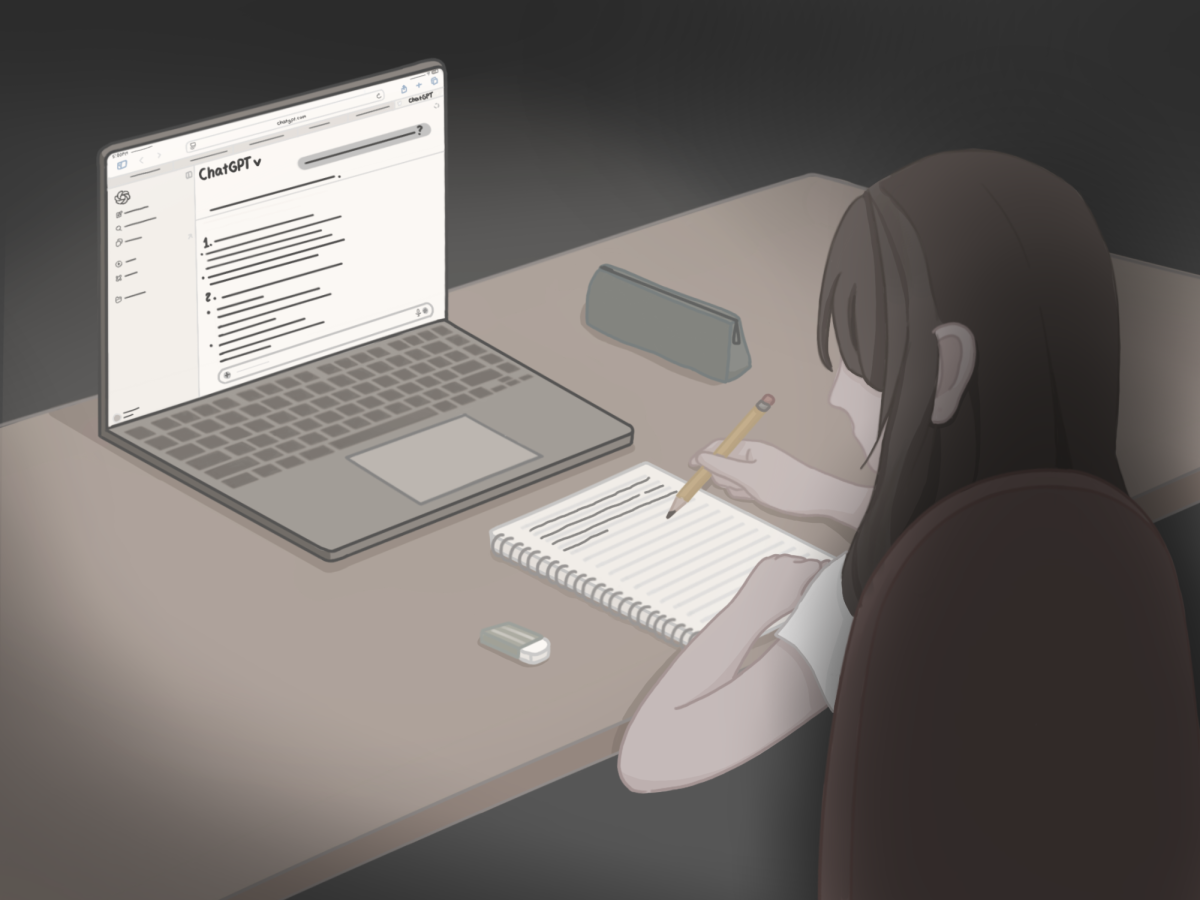

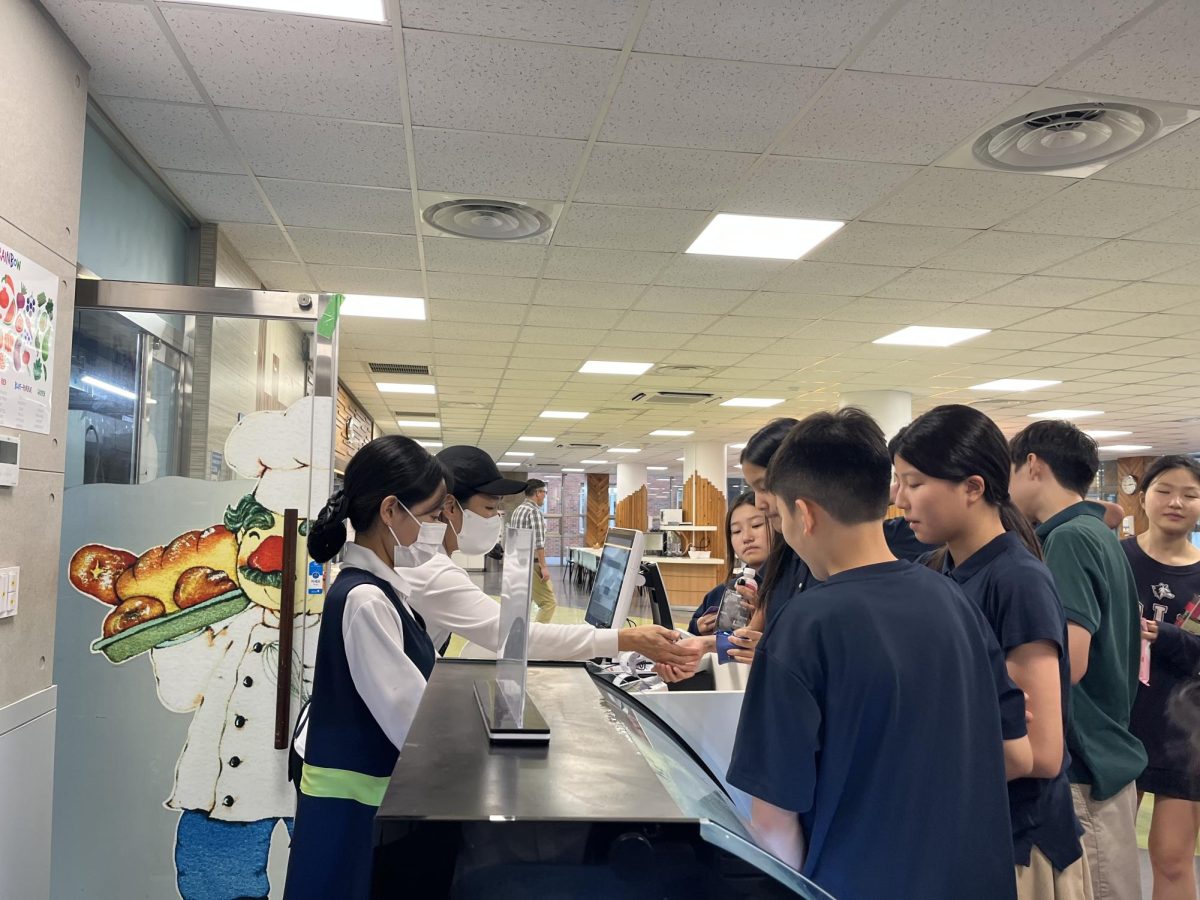


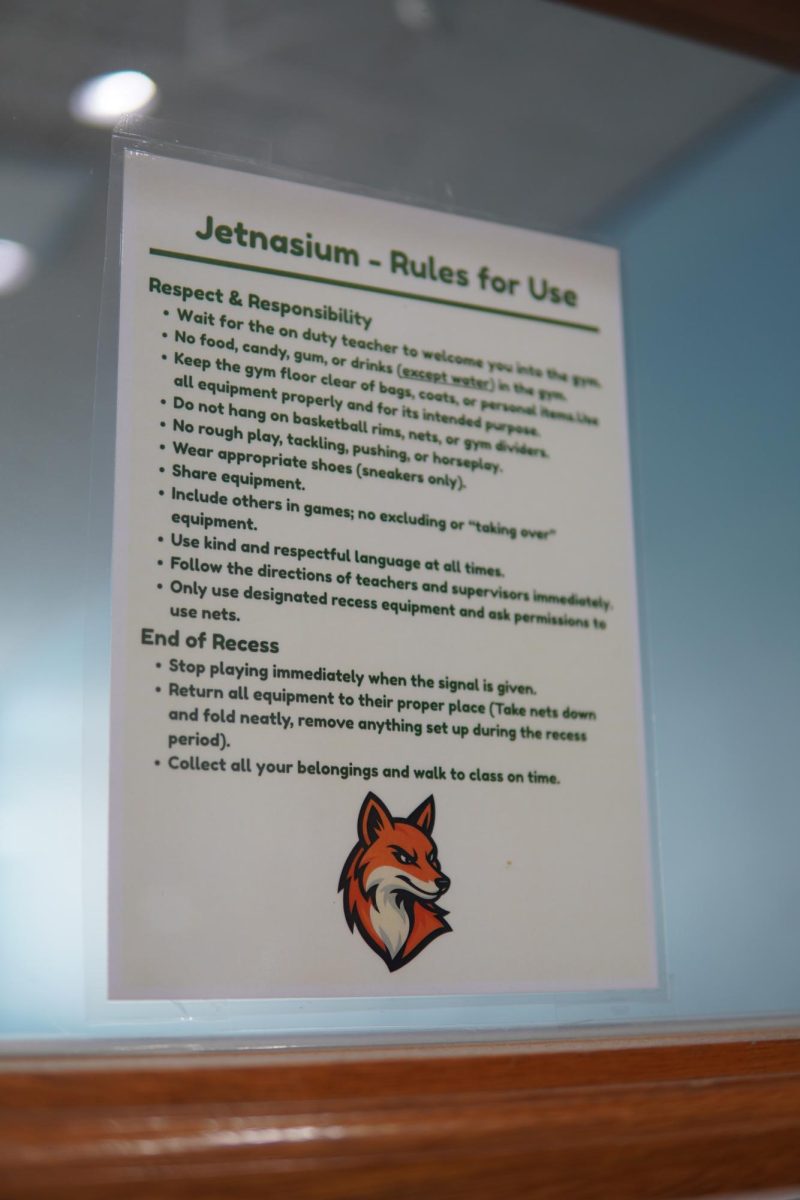
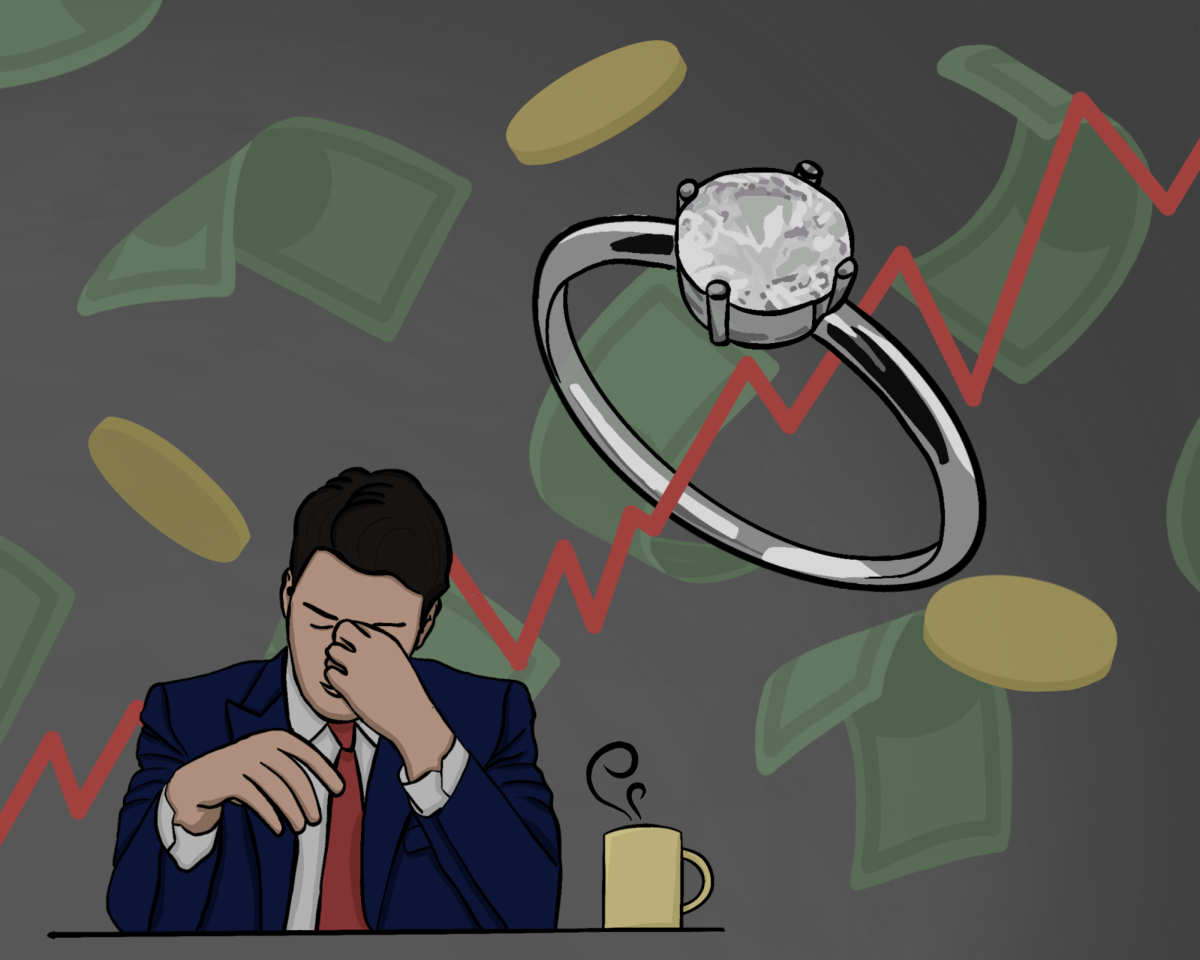

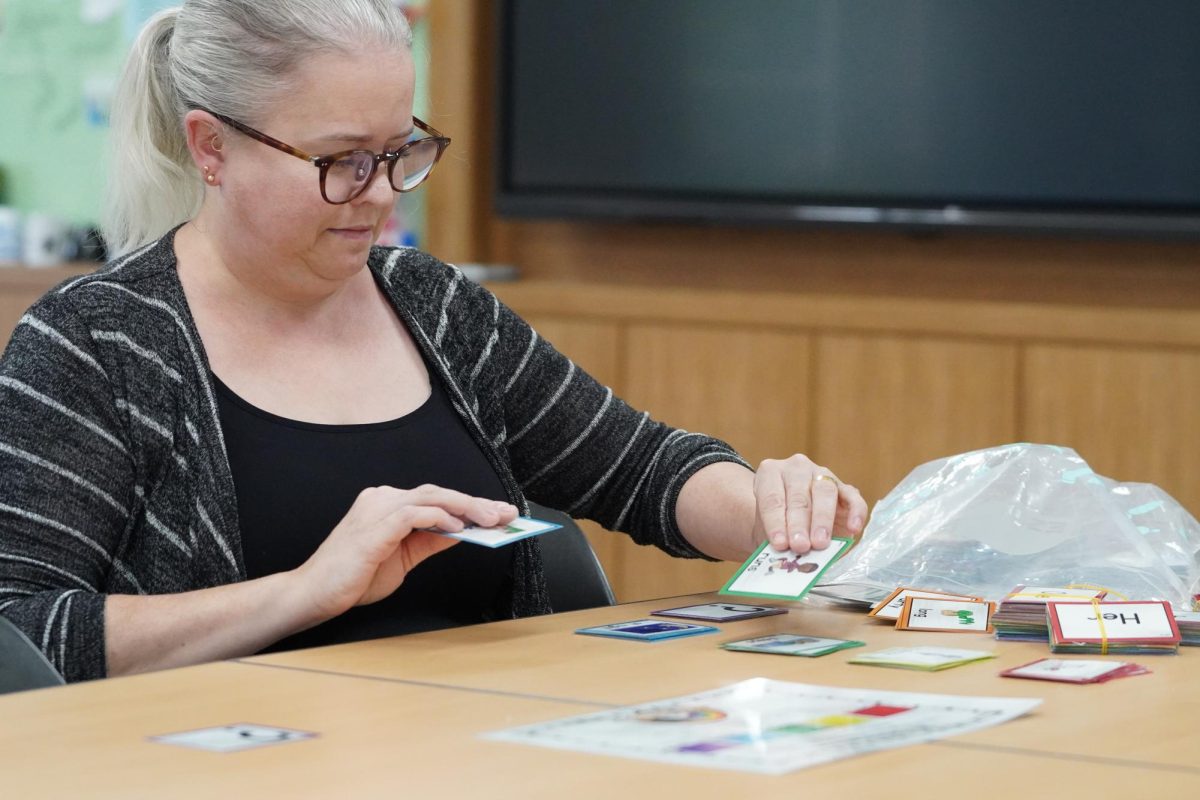
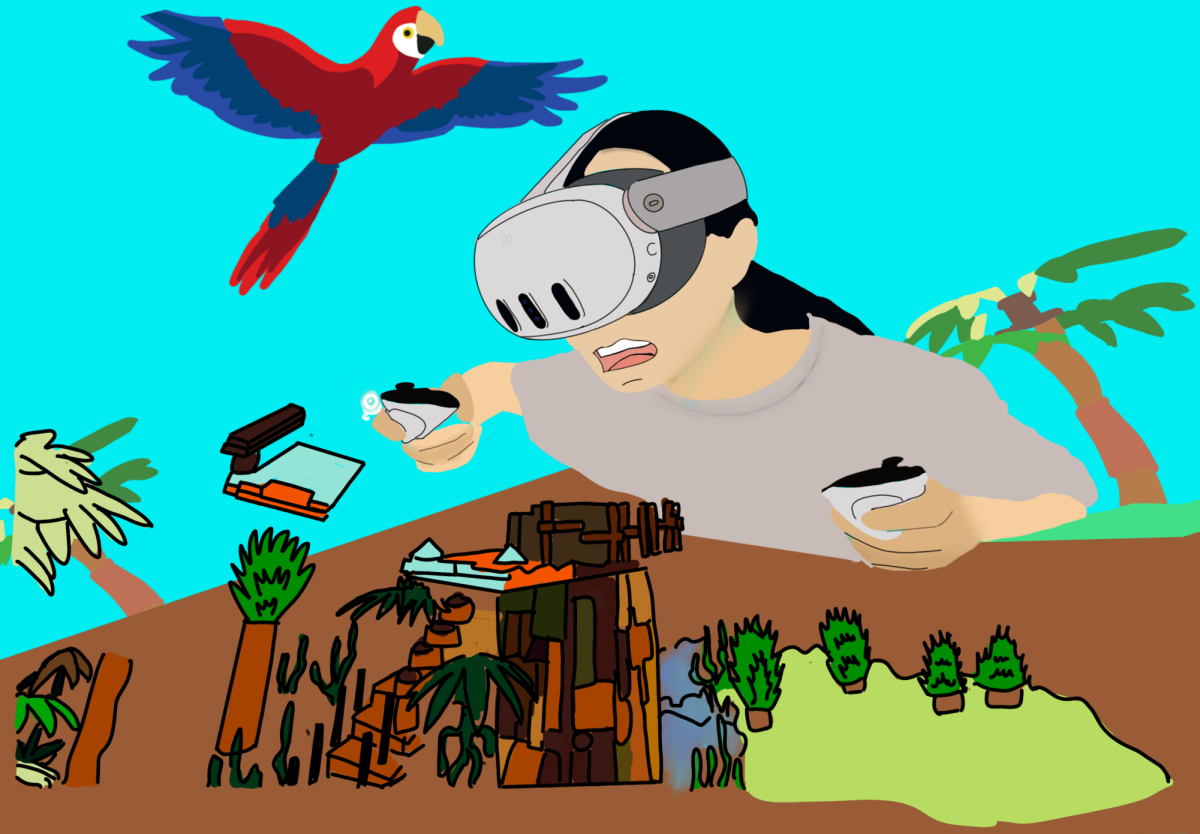





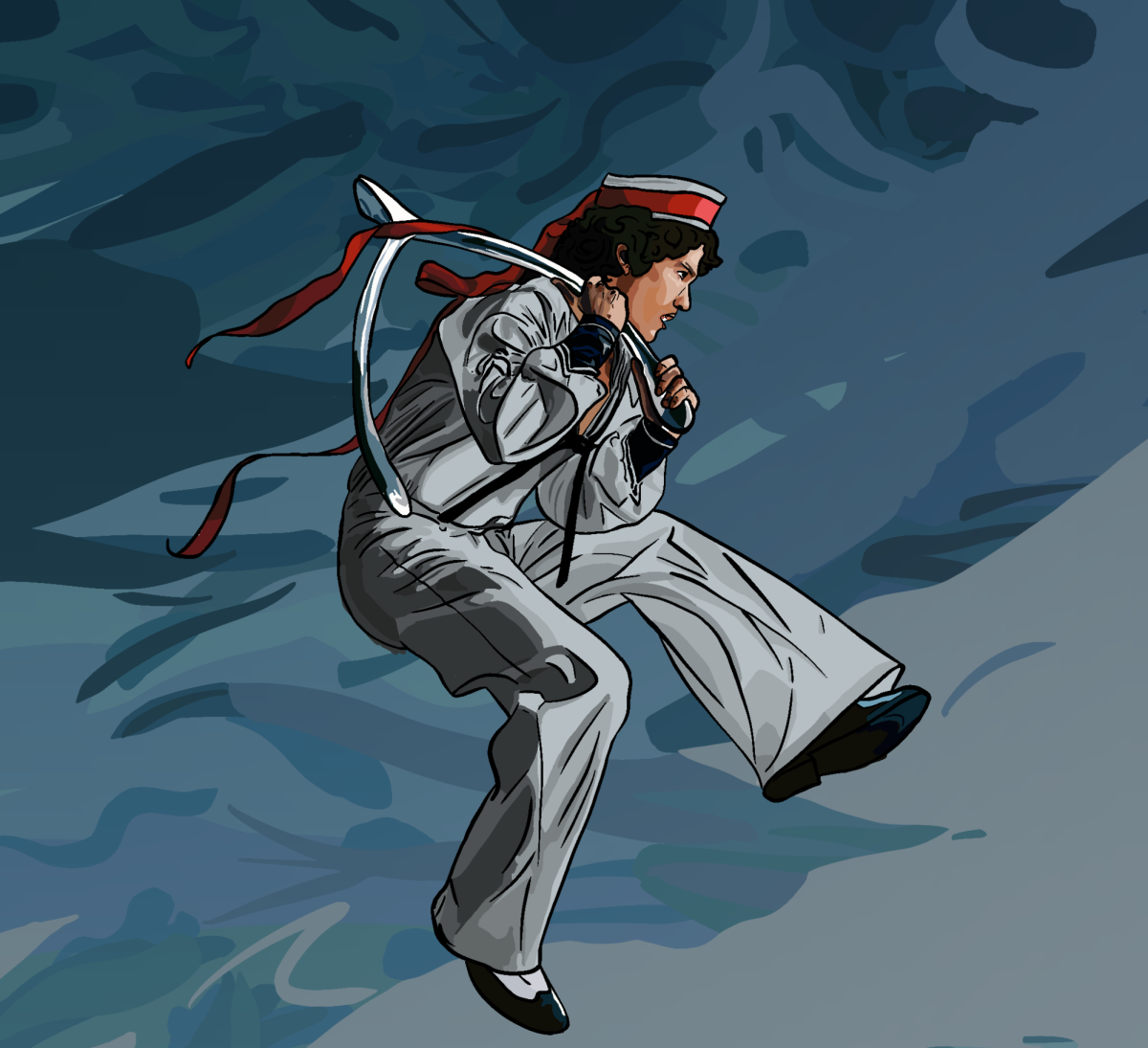

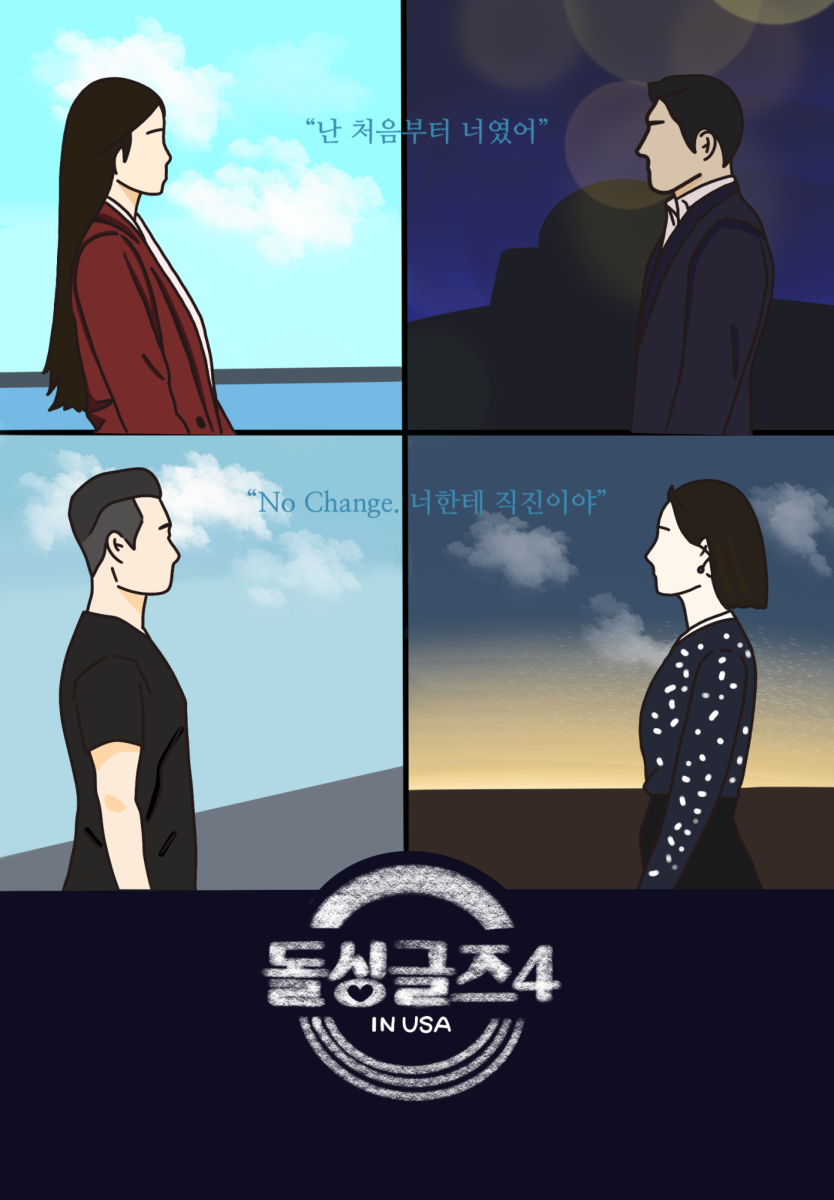

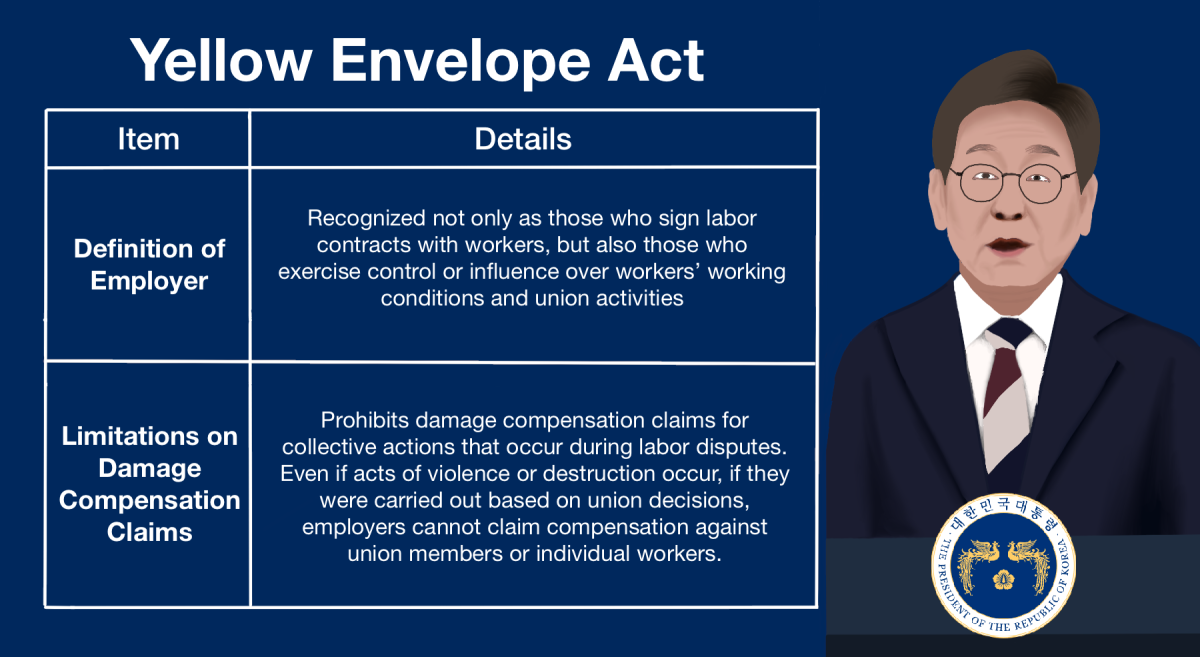


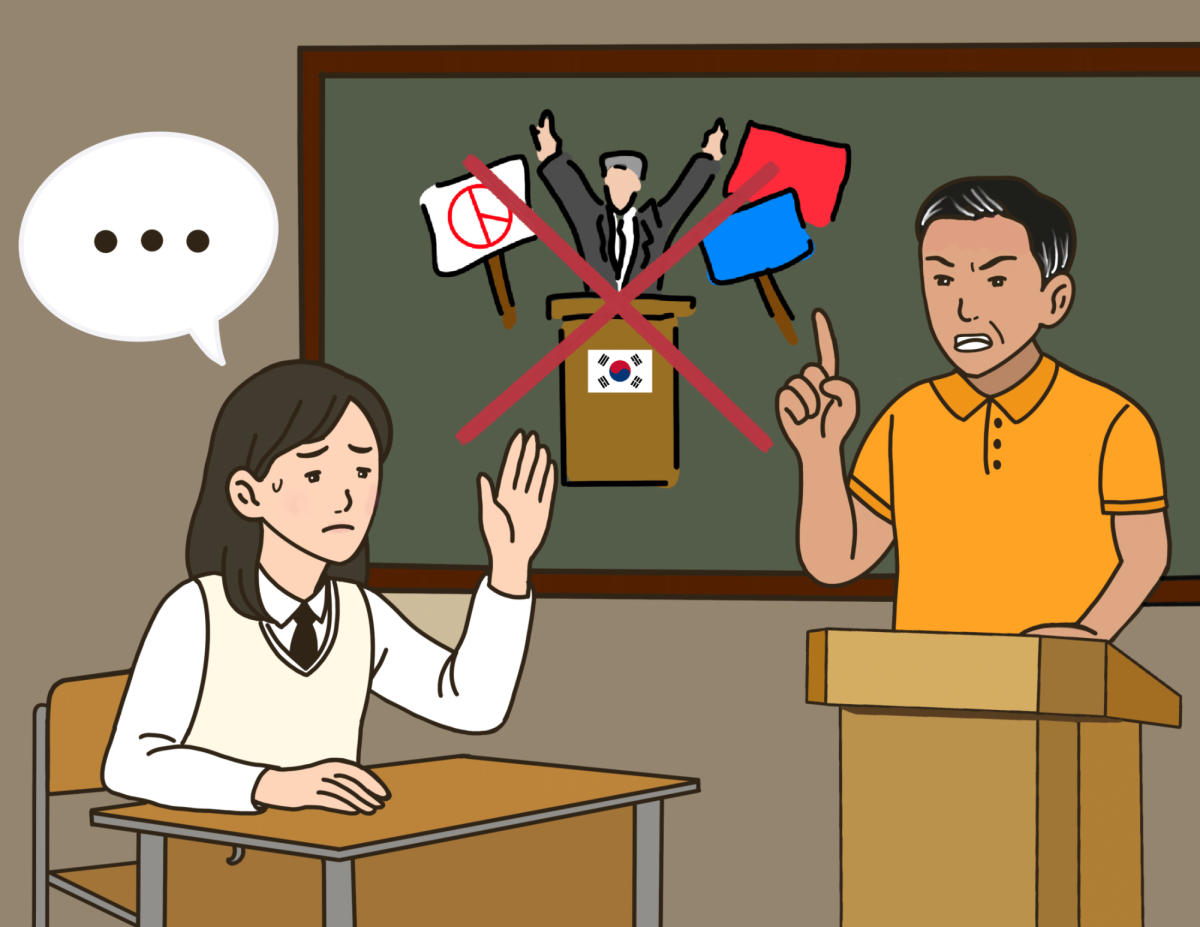





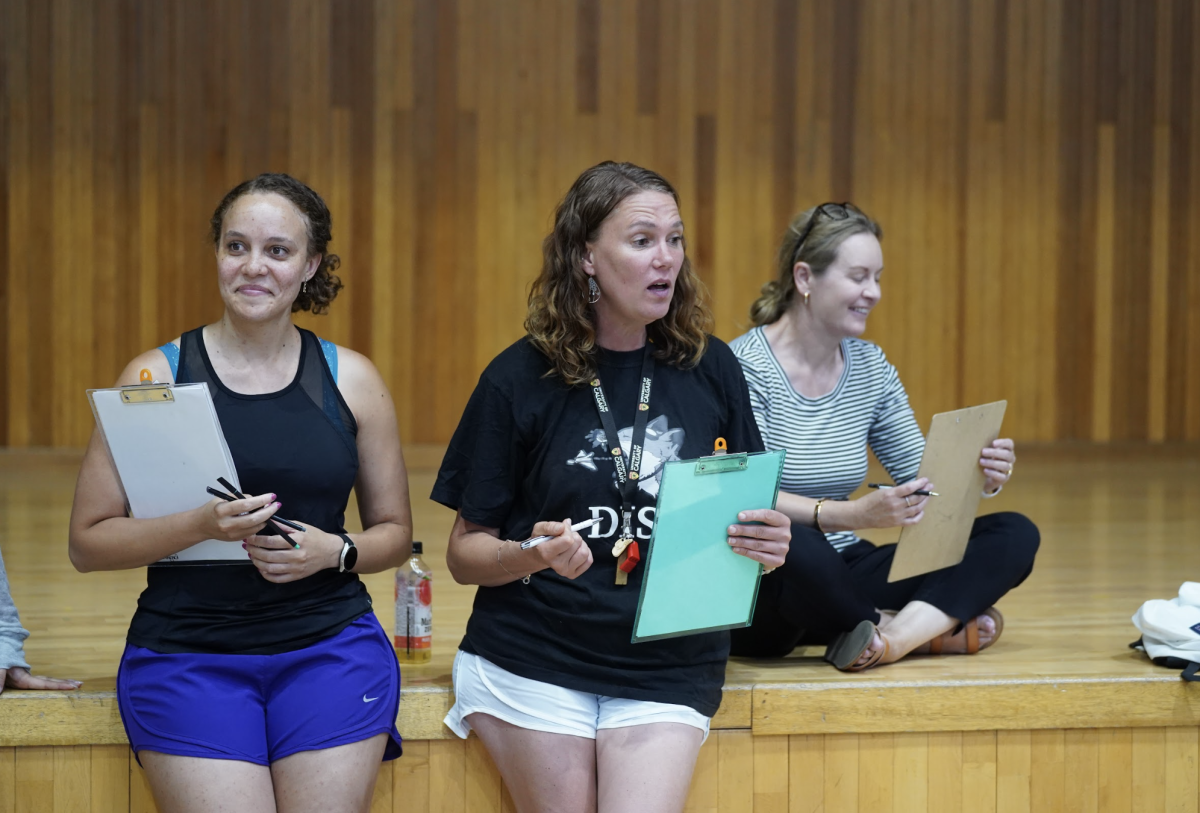




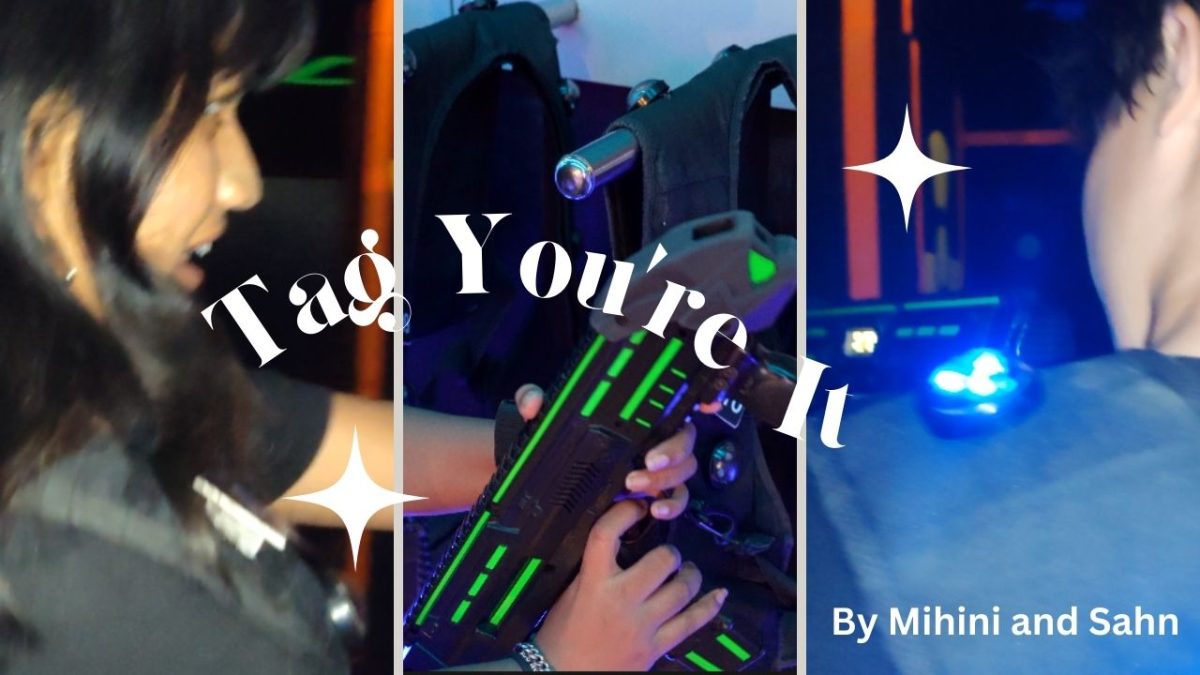



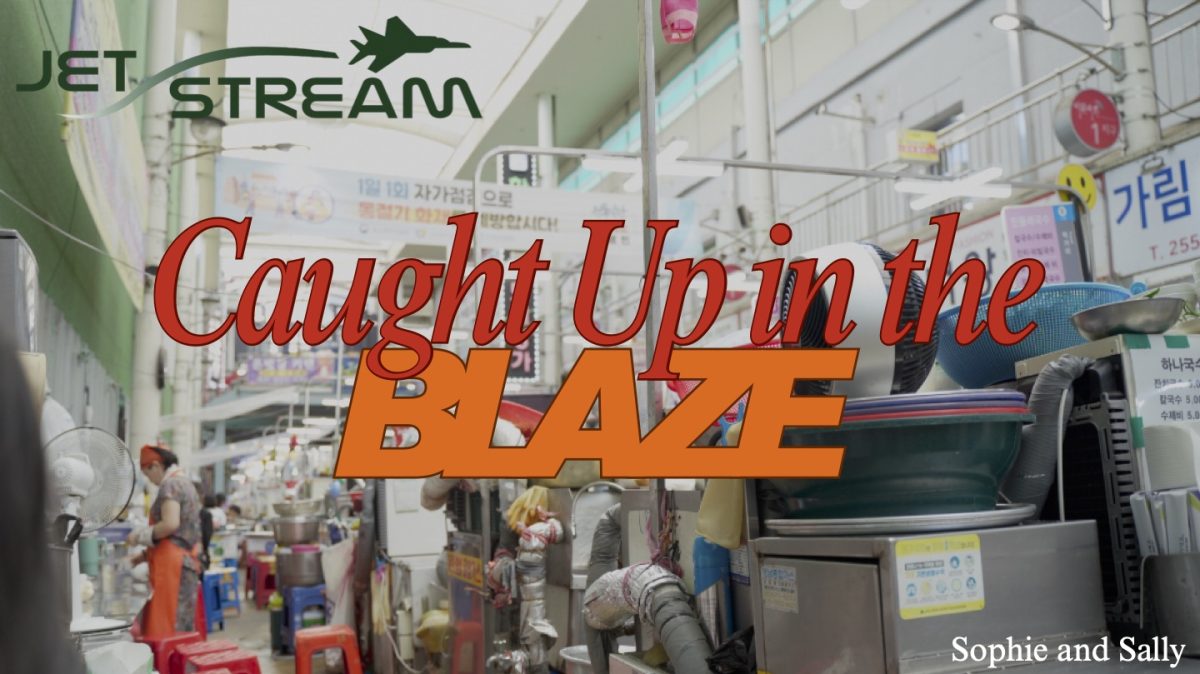



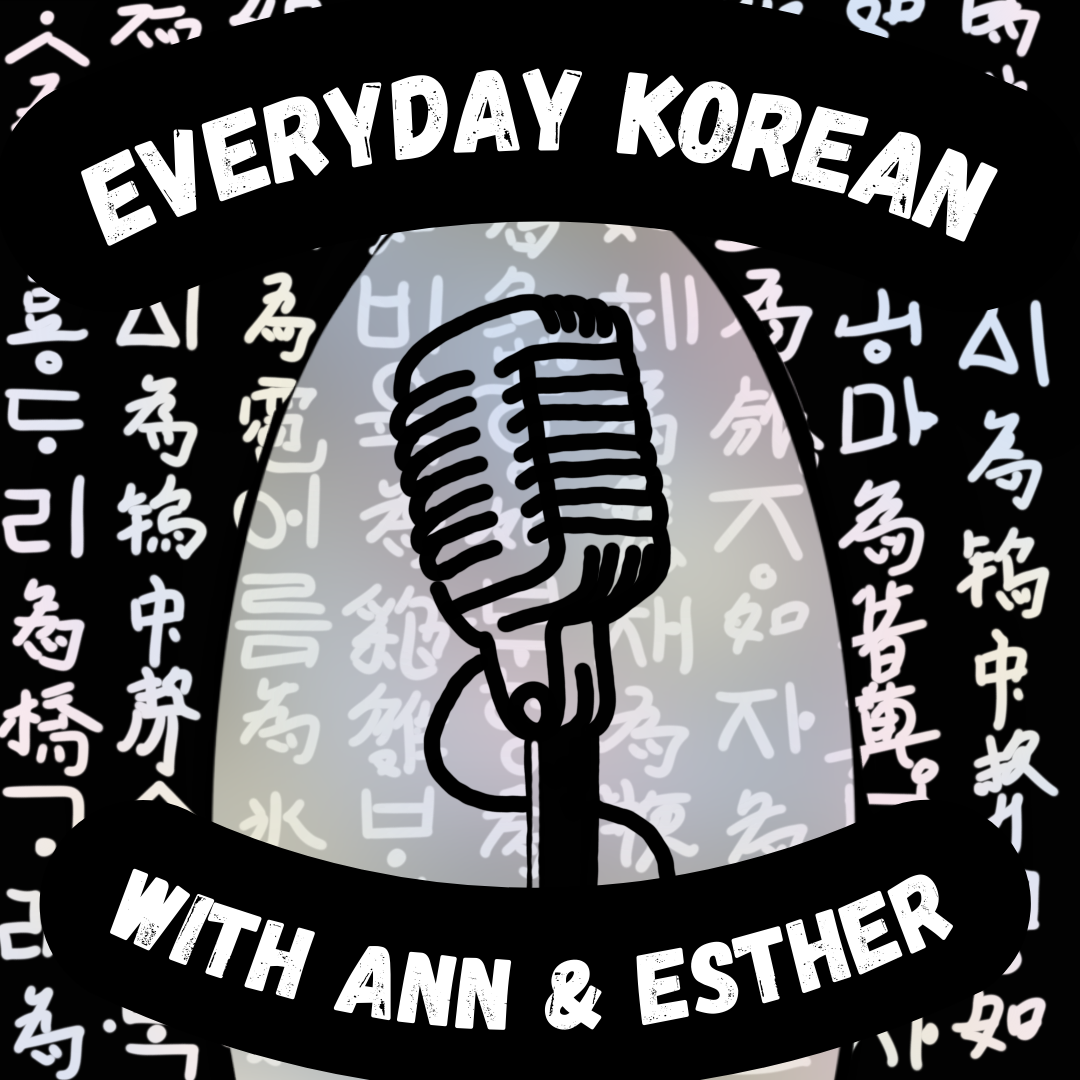
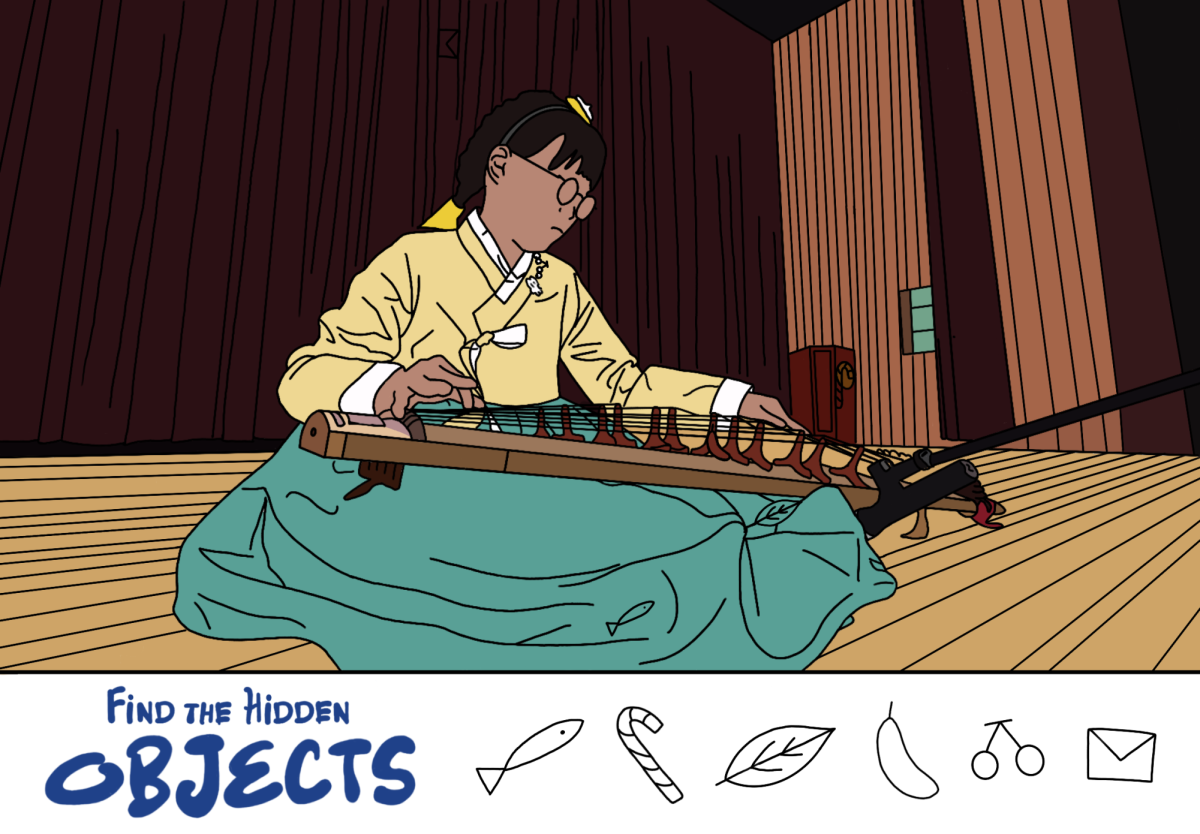

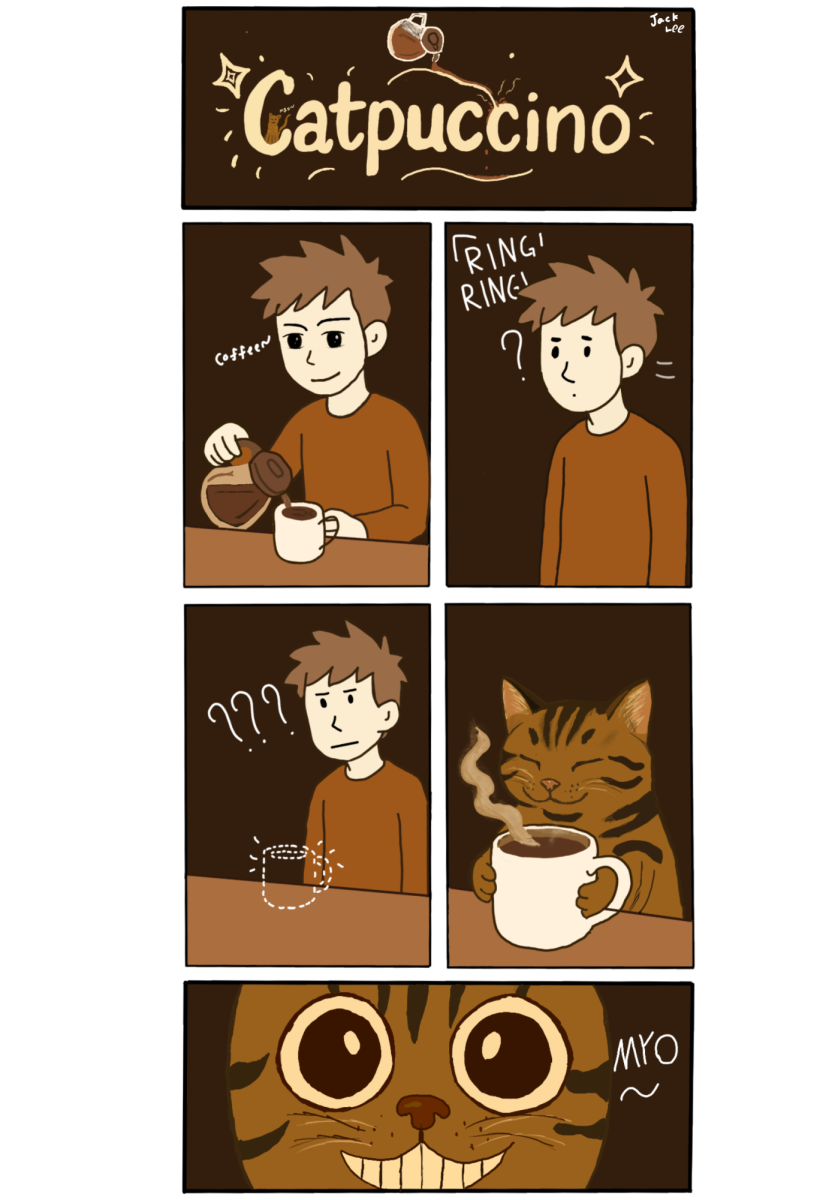

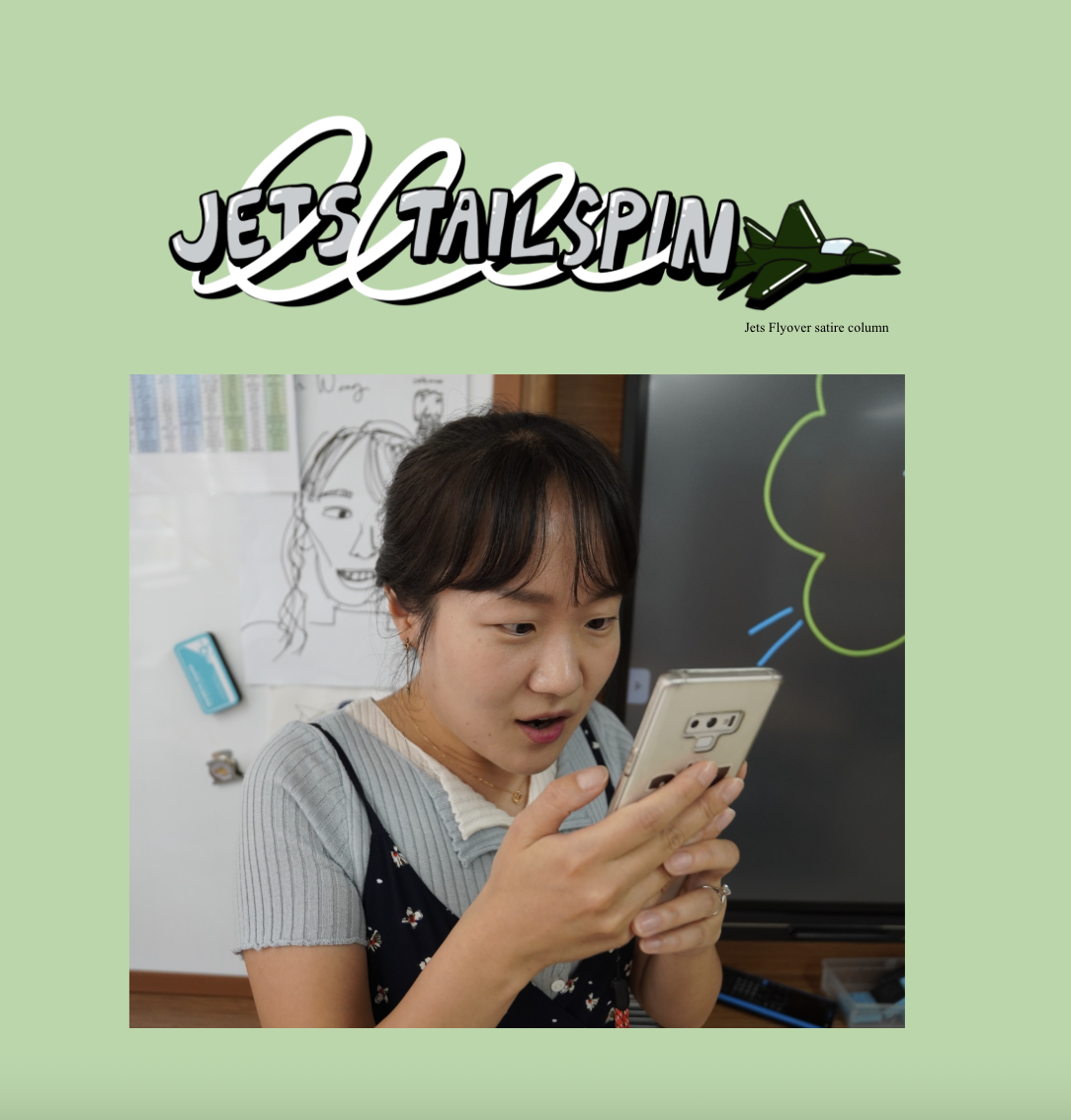

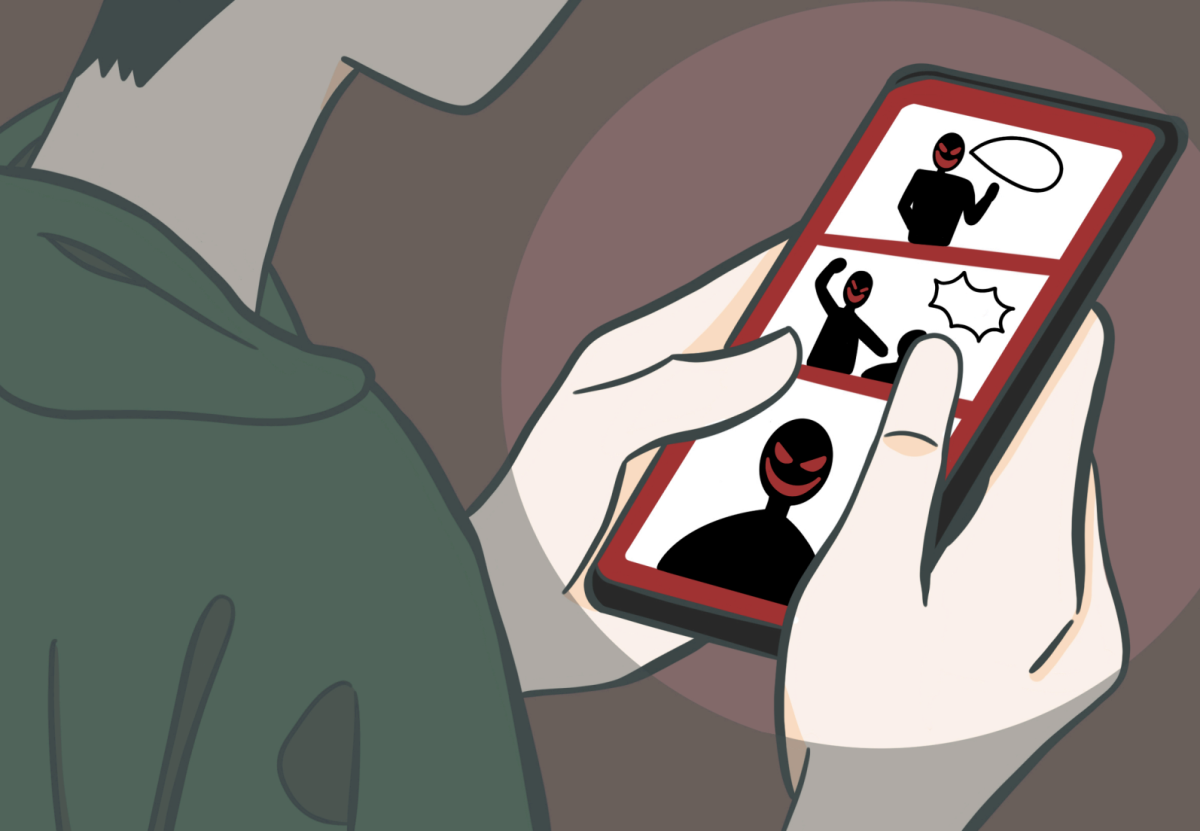


Eddy kim • Feb 15, 2024 at 6:29 pm
this is so relatable! I saw the 99forged wooden stick and sometimes there were some bloody images. but great job making this article!
Volt • Feb 15, 2024 at 6:25 pm
I didn’t know that these kind of webtoons are spreaded to the teenagers. I am aware that teenagers will have lower self-esteem, and follow these violence.